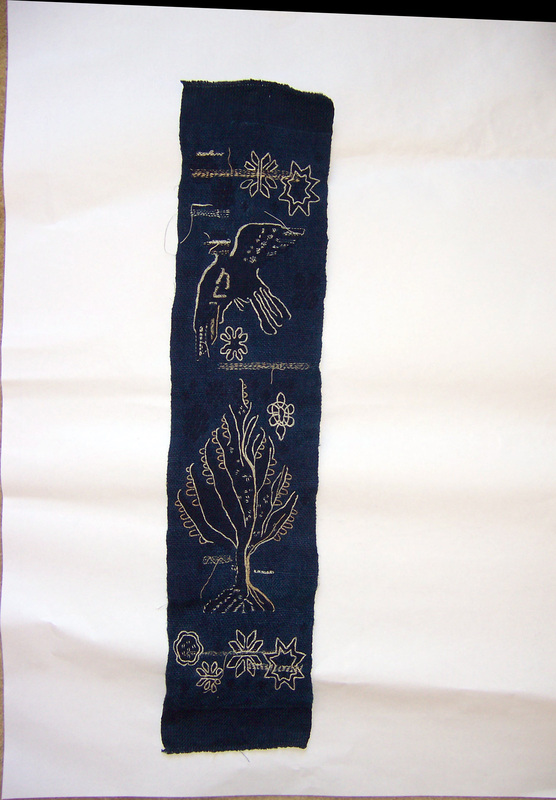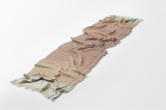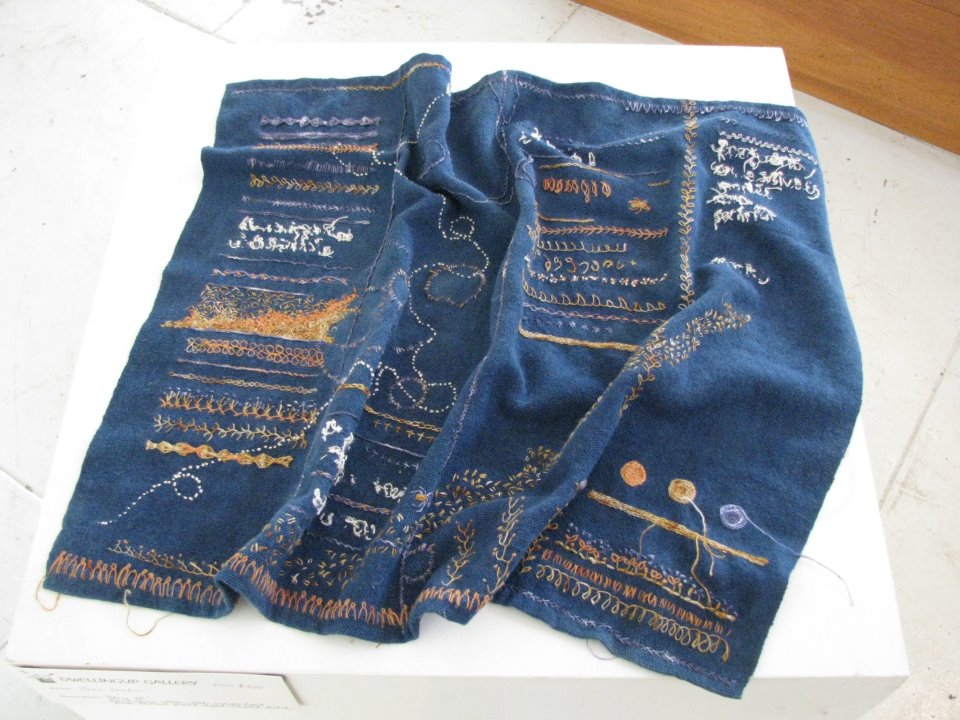Traditions of making
The textile crafts
The lost dimension of the hand-woven cloth
Thank you for visiting my site. My textile artworks are inspired by the high competency craftworks of the pre-industrial craftspeople, however, my ideas are not motivated by a return to the medieval craft guilds. Rather, I ponder how traditional textile hand production can continue to exist in a world that is obsessed with economic/technical growth. The exploitation of natural resources is a key factor in economic growth, one that can impact seriously on the degradation of our environment; but economic/technical growth has also changed society’s attitudes towards the handmade object, causing traditional craft knowledge and skill to decline in importance.
Tradition itself implies social renewal, it is a kind of interpretive mechanism through which cultural knowledge is reproduced and handed on through the ages. Old traditions are closely tied up with the crafts as well as with a mythological understanding of the world, yet in circumstances of vast technological growth there has been a widespread disinclination to take either very seriously. As Habermas says, no matter how different the ideas today, they all point to the same line of development: “that of a disenchanted understanding of the world, purified of magical ideas”.[1]
The Victorian art critic John Ruskin[2] may have been one of the first social critics to interpret the defilement of the environment, the decline of craft skills and the disbelief in myth or what he calls “the sacredness of expression” as a sign of cultural crisis. Ultimately, as Ruskin sought to highlight, the physical act of creating is an activity that supports a philosophy of sustainability, communal activity and local production. As I see it, the time invested in the process is more important than the result. The actual or “authentic” experience of the making, and the attention to what Ruskin terms “truth to materials” is what gives the work its real value.
[1] Habermas, J. (1984). The theory of communicative action: reason and the rationalisation of society (T. McCarthy, Trans. Vol. one). Boston: Beacon Press, p. 196.
[2] Ruskin, J. (1907). A joy for ever (and its price in the market). London: George Allen.
Tradition itself implies social renewal, it is a kind of interpretive mechanism through which cultural knowledge is reproduced and handed on through the ages. Old traditions are closely tied up with the crafts as well as with a mythological understanding of the world, yet in circumstances of vast technological growth there has been a widespread disinclination to take either very seriously. As Habermas says, no matter how different the ideas today, they all point to the same line of development: “that of a disenchanted understanding of the world, purified of magical ideas”.[1]
The Victorian art critic John Ruskin[2] may have been one of the first social critics to interpret the defilement of the environment, the decline of craft skills and the disbelief in myth or what he calls “the sacredness of expression” as a sign of cultural crisis. Ultimately, as Ruskin sought to highlight, the physical act of creating is an activity that supports a philosophy of sustainability, communal activity and local production. As I see it, the time invested in the process is more important than the result. The actual or “authentic” experience of the making, and the attention to what Ruskin terms “truth to materials” is what gives the work its real value.
[1] Habermas, J. (1984). The theory of communicative action: reason and the rationalisation of society (T. McCarthy, Trans. Vol. one). Boston: Beacon Press, p. 196.
[2] Ruskin, J. (1907). A joy for ever (and its price in the market). London: George Allen.





